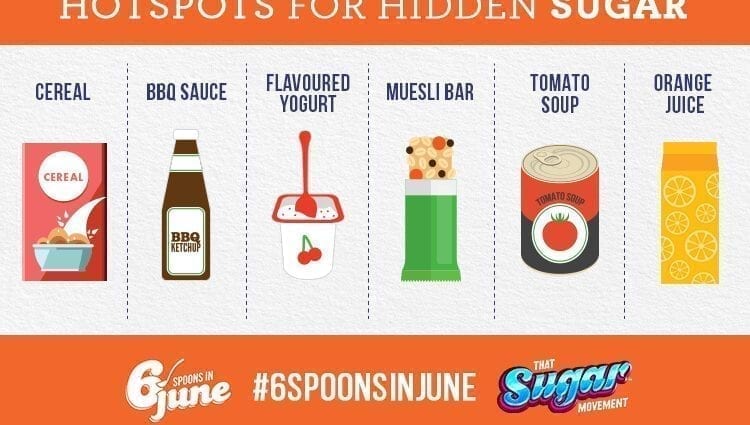We often hear that sugar is good for the brain, that sugar is difficult to live without, and so on. I most often come across such statements from representatives of the older generation – grandmothers who seek to feed my child or their grandchildren with sweets, sincerely believing that it will benefit them.
Glucose (or sugar) in the blood is the fuel that the body runs on. In the broadest sense of the word, sugar is, of course, life.
But sugar and sugar are different. For example, there is sugar found naturally in the plants we eat. And then there is sugar, which is added to almost all processed foods. The body does not need carbohydrates from added sugar. Glucose is made from any carbohydrates that go into our mouth, not just candy. And the added sugar has no nutritional value or benefit to humans.
For example, the World Health Organization recommends no added sugar (or free sugar, as they call it) at all. WHO means free sugar: 1) monosaccharides and disaccharides ADDED to food or beverages by the manufacturer of these products, the chef or the consumer of the food himself, 2) saccharides that are naturally present in honey, syrups, fruit juice or fruit concentrate. These recommendations do not apply to the sugar found in fresh vegetables and fruits and milk.
However, modern man consumes too much added sugar – sometimes unknowingly. We sometimes put it in our own food, but most of the added sugar comes from processed and prepared store foods. Sugary drinks and breakfast cereals are our most dangerous enemies.
The American Heart Association recommends drastically cutting back on added sugar to slow the spread of the epidemic of obesity and heart disease.
One teaspoon holds 4 grams of sugar. According to the Association’s recommendations, in the diet of most women, the added sugar should be no more than 100 kcal per day (about 6 teaspoons, or 24 grams of sugar), and in the diet of most men, no more than 150 kcal per day (about 9 teaspoons, or 36 grams of sugar).
The proliferation of alternative sweeteners misleads us, making it difficult to understand that the same sugar is hidden under their name. In an ideal world, the label would tell us how many grams of sugar each food contains.
Sweet drinks
Refreshing drinks are the main source of excess calories that can contribute to weight gain and have no nutritional value. Studies show that “liquid” carbohydrates, such as those found in store-bought juices, soda, and sweetened milk, do not fill us up as much as solid foods. As a result, we still feel hungry, despite the high calorie content of these drinks. They are responsible for the development of type II diabetes mellitus, cardiovascular disease and other chronic diseases.
An average can of soda contains about 150 kilocalories, and almost all of these calories come from sugar – usually high fructose corn syrup. This is equivalent to 10 teaspoons of table sugar.
If you drink at least one can of this drink every day and at the same time do not reduce your calorie intake from other sources, you will gain approximately 4-7 kilograms per year.
Cereals and other foods
Choosing whole, unprocessed foods for breakfast (like an apple, a bowl of oatmeal, or other foods that have a very short list of ingredients) can help protect yourself from added sugar. Unfortunately, many traditional morning foods, such as breakfast cereals, cereal bars, flavored oatmeal, and baked goods, can contain large amounts of added sugar.
How to recognize added sugar on a label
Calculating the added sugar in the ingredient list can be a bit of an investigation. He hides under numerous names (their number exceeds 70). But despite all these names, your body metabolizes added sugar in the same way: it doesn’t differentiate between brown sugar, honey, dextrose, or rice syrup. Food manufacturers may use sweeteners that are terminologically unrelated to sugar at all (the term “sugar” actually only applies to table sugar or sucrose), but these are all forms of added sugar.
Below are some of the names that added sugar hides on labels:
– agave nectar,
– condensed cane juice,
– malt syrup,
– Brown sugar,
– fructose,
– maple syrup,
– reed crystals,
– fruit juice concentrates,
– molasses,
– cane sugar,
– glucose,
– unrefined sugar,
– corn sweetener,
– high fructose corn syrup,
– sucrose,
– corn syrup,
– honey,
– syrup,
– crystalline fructose,
– invert sugar,
– dextrose,
– maltose.










